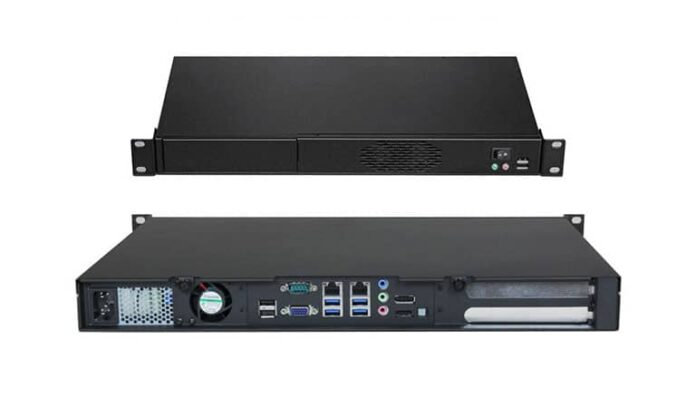a network interface device (NID; also known by various other names) is a device that demarcates the carrier’s local loop and the customer’s premises cabling in telecoms It is also possible to use NIDs on outdoor telephones as a handy test point for verifying loop integrity and subscriber internal wiring via which subscribers may have access to the station wiring.
Naming
As a general term, a NID is also known as a network interface unit (NIU), a telephone network interface (TNI), a systems network interface (SNI), a network module, or a telecommunications network box (TNB). Known as an NTD, Australia’s National Broadband Network provides high-speed internet access to the whole country. A smart jack is a form of NID that has additional features, such as diagnostics, beyond the basic electrical connection. NIDs used in fiber-to-the-premises networks are known as optical network terminals or ONTs.
Wire splicing
Simply put, most NIDs are nothing more than special wire connections. These are generally tiny weather-resistant boxes that are attached to the outside of a structure. The telephone company’s line will be brought into the NID and linked to one side. The opposite end is wired by the consumer. Multiple lines may be terminated in a single NID container. These can be utilized for the best smart home technology.
Customers’ cabling and equipment are separated from the telecommunications company by the NID, which serves as the demarcation point (dividing line). The NID and all of the wires leading up to it are owned by the telephone company. Customers are responsible for everything once the NID has been provided. A test jack is usually found within the NID to make this process easier. Customers may isolate problems by plugging a “known good” phone into a test jack, which disconnects the customer premises wiring from the public switched telephone network. It’s the customer’s fault if their phone doesn’t function at the test jack; they’re liable for the repair. You should contact your telephone service provider if you’re having trouble making or receiving calls.
A surge protector for a phone line is included in most NIDs, as are “circuit protectors.” Lightning strikes on a telephone pole may cause power surges that might damage customer equipment and workers.
There is no digital logic in simple NIDs; they are just “dumb” devices. These devices are limited to wire termination, circuit protection, and connecting test equipment. It is also can be used for smart string lights, Alexa.
Smart jack
66 blocks on the left and three smart jacks for T-1 circuits on the right.
There is a variety of NIDs available that provide more than simply a place to attach wires. A smart jack or Intelligent Network Interface Device (INID) is the vernacular name for these types of NIDs, which are distinguished from ordinary NIDs by their inclusion of “intelligence,” rather than being only a wire device. When it comes to telecommunications, smart jacks are often utilized for more complex services like T1 lines. Smart jacks are often not compatible with traditional telephone service lines.
Although they are called “smart jacks,” most of these devices are considerably more than just a phone jack. A smart jack is a printed circuit board with a face plate on one side, placed in an enclosure, which is a typical configuration.
Conversion of codes and protocols (e.g. framing kinds) may be provided by a smart jack, which may be used for signal conversion. Similar to a repeater, it might buffer and/or regenerate the signal to compensate for signal deterioration caused by line transmission.
In addition to diagnostic capabilities, smart jacks are usually equipped with. When using a smart jack, the signal from the telephone company may be looped back to the provider of the original signal. When testing a phone connection from a central telephone exchange, the firm doesn’t need to bring in test equipment to its client location. Most telecommunications providers can turn on loopback without the presence of a human at the customer’s location. The client’s equipment is unplugged from the line when it is looped back to the customer.
Signals that indicate a problem at one end of the line may also be generated by smart jack diagnostics. This lets the phone provider determine whether there is a problem with the line, the smart jack, or the customer’s equipment. Indicators for configuration, status, and warnings are also commonplace.
However, this is not a general rule, as smart jacks often get their power from the telephone line, rather than the premises’ electrical supply.









